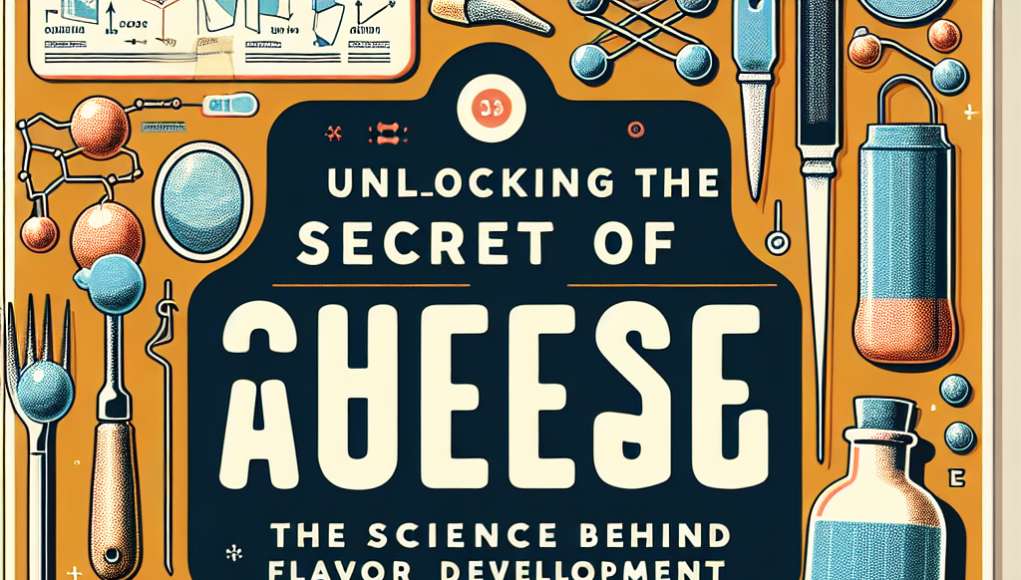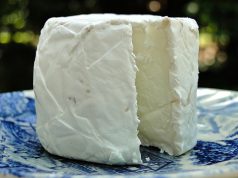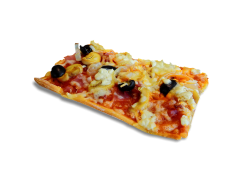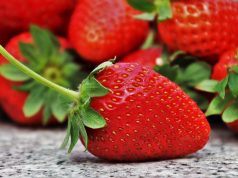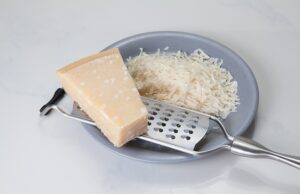Contents
Unlocking the Secrets of Cheese Aging: The Science Behind Flavor Development
Cheese aging is a fascinating process that involves a complex interplay of enzymes, bacteria, and molds. As cheese ages, its flavor and texture evolve, developing distinctive characteristics that are highly prized by connoisseurs.
In this article, we will explore the science behind cheese aging, delving into the role of microbes in flavor development, the importance of temperature and humidity control, and the impact of aging time on cheese quality. By understanding the factors that influence cheese aging, you can unlock the secrets of creating perfectly aged cheeses with exceptional flavor profiles.
Join us on a journey through the world of cheese aging and discover the art and science behind one of the most beloved culinary traditions.
The Importance of Cheese Aging
Cheese aging is a crucial step in the production process that significantly impacts the final flavor and texture of the cheese. During aging, cheese undergoes various biochemical and physical changes that contribute to the development of unique flavors and aromas.
The Science Behind Flavor Development
One of the key processes that occur during cheese aging is the breakdown of proteins and fats by enzymes present in the cheese. These enzymes break down complex molecules into simpler ones, releasing volatile compounds that give cheese its characteristic flavor profile. Additionally, beneficial bacteria present in the cheese produce lactic acid, which helps to further develop the flavor of the cheese.
Furthermore, as cheese ages, moisture content decreases which leads to a concentration of flavors. This process also allows for the development of complex flavors such as nutty, fruity, or earthy notes that are highly prized in aged cheeses.
Factors Influencing Cheese Aging
Several factors can influence the aging process and ultimately impact the final flavor of the cheese. These include the type of milk used, the presence of specific bacteria and enzymes, the temperature and humidity of the aging environment, and the duration of aging.
For example, cheeses made from raw milk tend to have more complex flavors compared to those made from pasteurized milk, as raw milk contains a wider variety of beneficial bacteria that contribute to flavor development. Additionally, different types of cheeses require different aging conditions – for instance, blue cheeses like Roquefort need a cool, humid environment to develop their characteristic blue veins.
Unlocking the Secrets
For cheese enthusiasts and producers alike, understanding the science behind cheese aging is essential for unlocking the secrets to creating truly exceptional cheeses. By carefully controlling the aging process and experimenting with different variables, cheese makers can craft cheeses with unique flavor profiles that stand out in the market.
If you’re interested in learning more about cheese aging and flavor development, check out this guide to aging cheese for additional information and tips.
Frequently Asked Questions about Unlocking the Secrets of Cheese Aging
What is cheese aging?
Cheese aging is the process by which cheese is stored under specific conditions to allow for the development of flavor and texture. During aging, enzymes and bacteria inside the cheese break down proteins and fats, leading to the formation of complex flavor compounds.
How does cheese aging impact flavor development?
Cheese aging allows for the breakdown of proteins and fats in the cheese, leading to the formation of amino acids and fatty acids that contribute to flavor development. As cheese ages, its flavor profile can change, becoming more complex and intense.
What factors influence the aging process?
Several factors can influence the aging process of cheese, including temperature, humidity, and the presence of specific bacteria and molds. Different types of cheese require different aging conditions to develop their unique flavors.
How long should cheese be aged?
The optimal aging time for cheese varies depending on the type of cheese and desired flavor profile. Some cheeses are best consumed fresh, while others benefit from aging for months or even years to achieve their full flavor potential.
Can cheese continue to age after purchase?
Some cheeses, particularly hard cheeses like cheddar or Parmesan, can continue to age after purchase if stored properly. Keeping cheese in a cool, dark place with proper airflow can allow it to develop additional flavors over time.
The Process of Cheese Aging
Cheese aging is a crucial step in the production of many types of cheese. During the aging process, enzymes break down proteins and fats in the cheese, resulting in the development of complex flavors and textures. The length of aging time can vary depending on the type of cheese, with some cheeses being aged for just a few weeks, while others are aged for several years.
The Role of Microorganisms
During cheese aging, microorganisms such as bacteria and fungi play a key role in the development of flavors. These microorganisms break down sugars and proteins in the cheese, producing compounds that give the cheese its characteristic taste and aroma. The specific strains of microorganisms used in the aging process can vary depending on the type of cheese being produced.
For more information on the role of microorganisms in cheese aging, check out this Wikipedia page.
Summary:
- Understanding the science behind flavor development in cheese aging
- Role of enzymes in breaking down proteins and fats
- Effects of temperature and humidity on cheese aging process
- Role of different bacteria and molds in flavor development


























